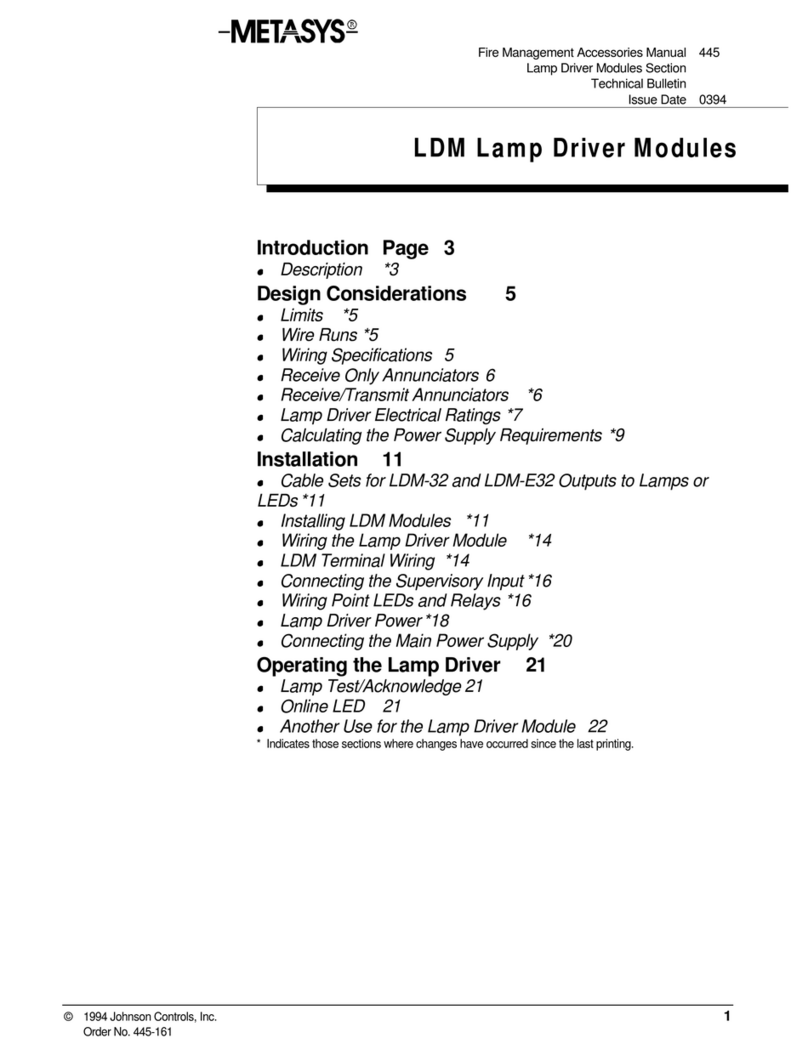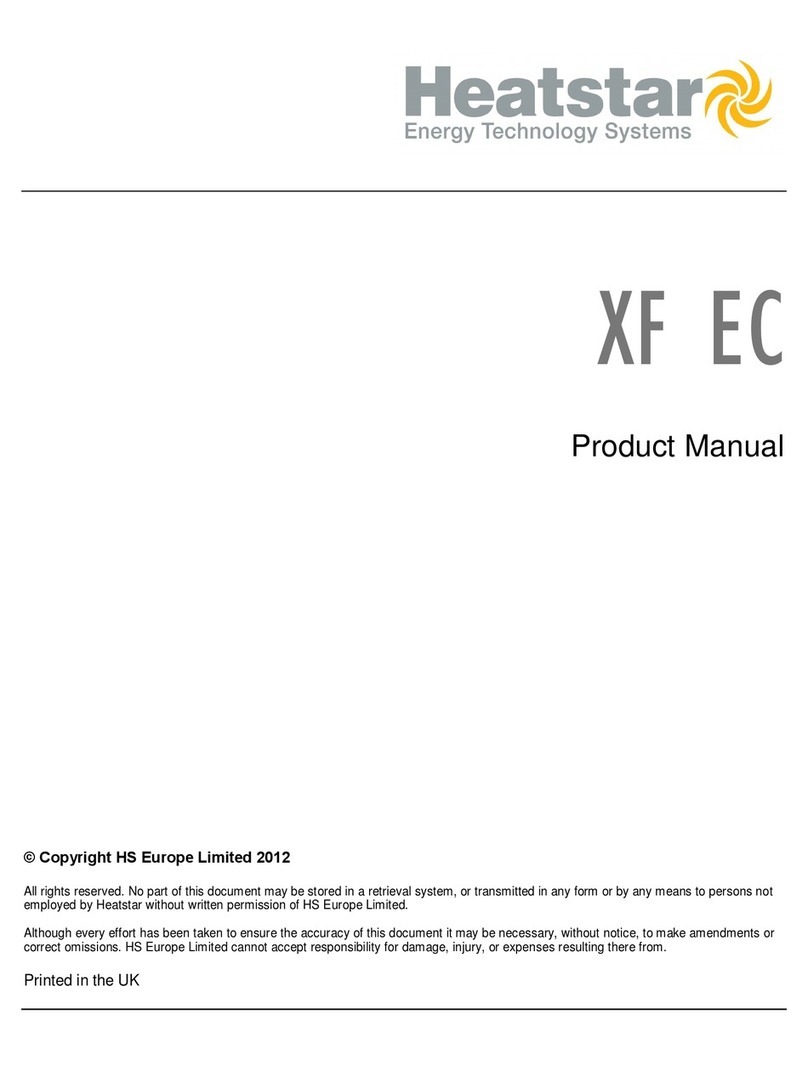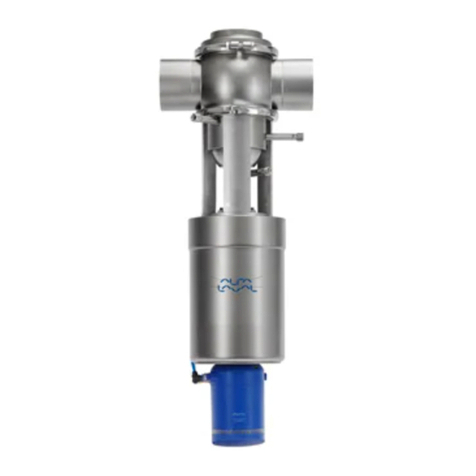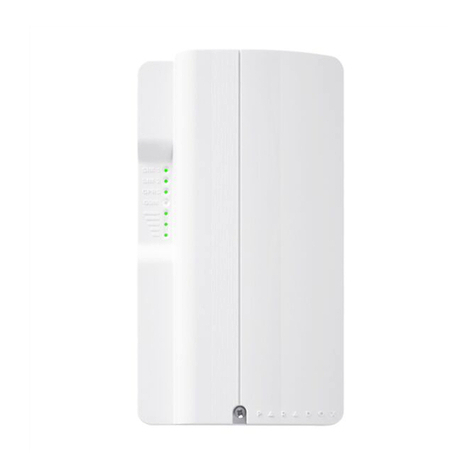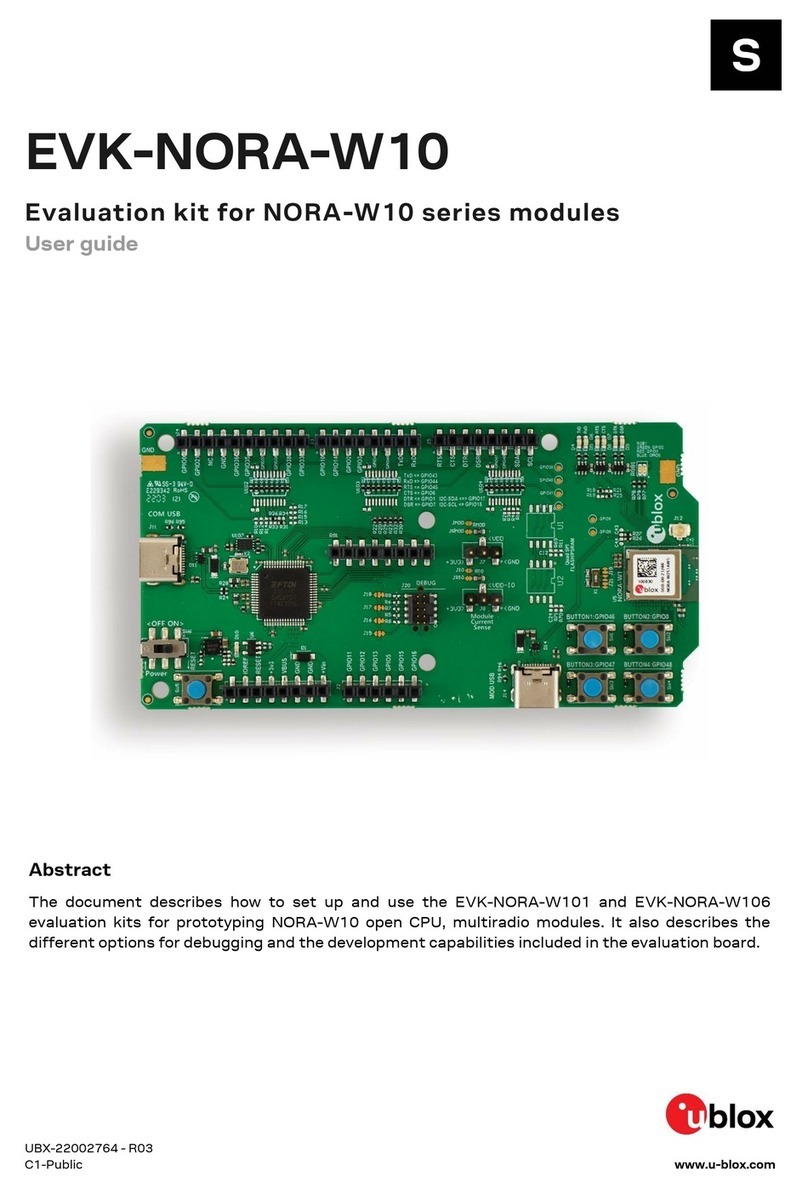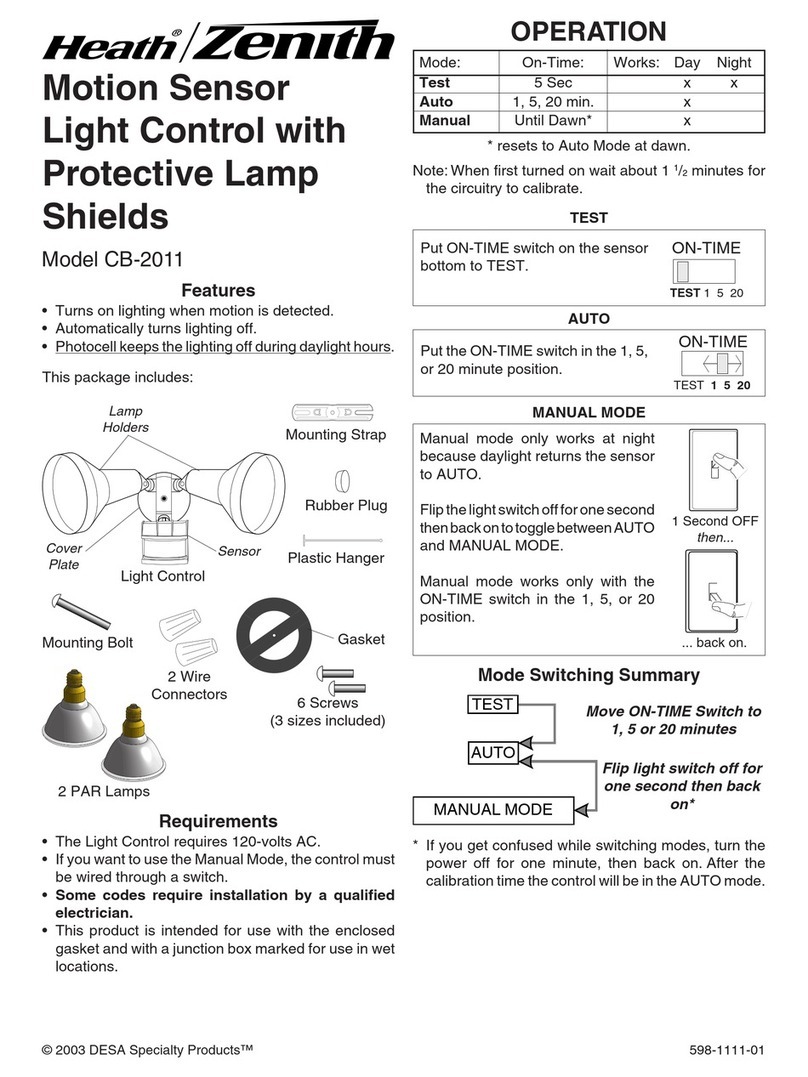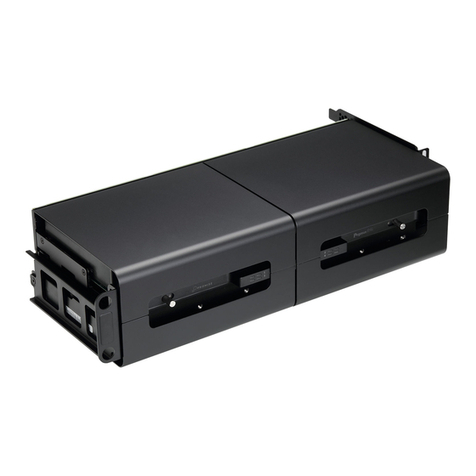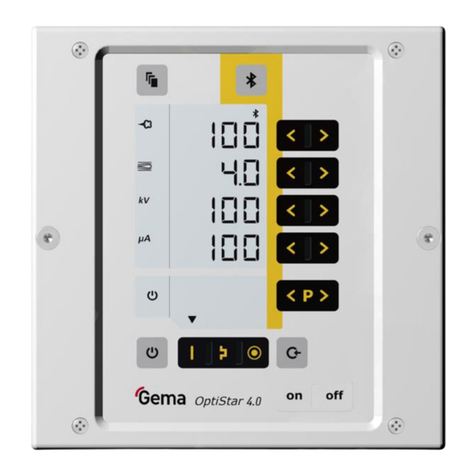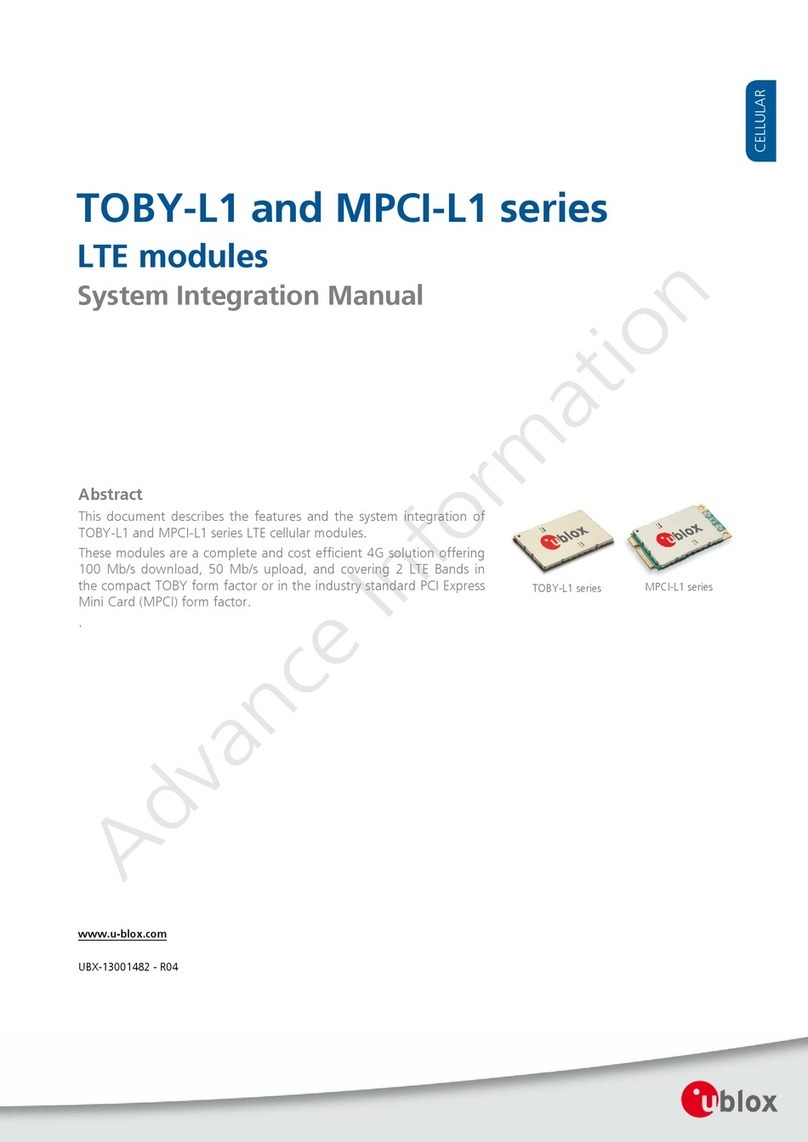Metasys SCM Synchronization User manual

Fire Initiating Devices and Notification Appliances Technical Manual 408
Notification Appliances Section
Technical Bulletin
Issue Date 1095
© 1995 Johnson Controls, Inc. 1
Code No. LIT-408255
Introduction Page 3
●
General Description 3
Installation Procedures 7
●
Mounting 7
●
Wiring Installation Guidelines 8
●
Limitations 10
SCM Synchronization (Sync) Control Module

2 Notification Appliances—SCM Synchronization (Sync) Control Module

Notification Appliances—SCM Synchronization (Sync) Control Module 3
Introduction
The SCM synchronization (sync) control module is UL Listed under
Standard 1971 for emergency signaling devices for the hearing impaired
and for indoor use by the Fire Protective Service. The SCM is
manufactured by Wheelock for use with the Johnson Controls systems and
is designed to work with the SL, SLM, and SHW sync strobes to provide
synchronized flashes when the sync strobes are activated. This feature
offers an easy way to comply with Americans with Disabilities Act (ADA)
recommendations concerning photosensitive epilepsy.
All inputs are polarized for compatibility with standard reverse polarity
supervision of a Notification Appliance Circuit (NAC) wiring by a Fire
Alarm Control Panel (FACP) or system NAC control devices.
2-3/8 in.
4-1/2 s
q
. in.
1-7/8 in.
scm1
Figure 1: Dimensions
Note: In order to ensure proper operation, this product should be applied
as specified in the applicable National Fire Protection Association
(NFPA) codes and in compliance with its UL listing.
!
WARNING: Personal injury hazard. Failure to follow these
directions may result in the failure of the device to
report an alarm or trouble condition.
Johnson Controls is not responsible for devices that have been improperly
installed, tested, or maintained by others.
The SCM sync control module is UL Listed for indoor use with a
temperature range of 32 to 120°F (0 to 49°C) with a maximum relative
humidity of 85%.
General
Description

4 Notification Appliances—SCM Synchronization (Sync) Control Module
The UL Listed rated input voltage is 20-31 VDC using either filtered
(regulated) DC or unfiltered (unregulated) Full-Wave Rectified (FWR)
voltage. To verify that the signaling device is operating at rated voltages,
determine the voltage drop caused by the resistance of the Notification
Appliance Circuit (NAC) wiring. Then, subtract this voltage from both
the maximum and minimum power supply and battery voltages. The flash
rate induced by the sync control module is one flash per second across a
voltage range of 20-31 VDC/FWR.
Note: Sync strobes and sync control modules are not designed to be used
on coded systems in which the applied voltage is cycled on and off.
This equipment has been tested and complies with the limits for a Class B
digital device, pursuant to Part 15 of the FCC rules. These limits are
designed to provide reasonable protection against harmful interference in
installations. This equipment generates, uses, and radiates radio frequency
energy. If not installed and used in accordance with the instructions, this
equipment may cause harmful interference to radio communications.
However, there is no guarantee that interference will not occur in a
particular installation. If this equipment does cause harmful interference
to radio or television reception, which can be determined by turning the
sync strobe and/or audible equipment off and on, the user is encouraged to
try to correct the interference by one or more of the following measures:
1. Reorient or relocate the receiving antenna.
2. Increase the separation between the equipment and receiver.
3. Consult the dealer or an experienced radio/TV technician for help.
!
CAUTION: Equipment damage hazard. Although UL
testing has verified these products function at 80%
of their minimum rating and 110% of their
maximum rating, Johnson Controls recommends
that the voltage applied to these products be within
their rated input voltage range. The application of
improper voltage may result in degraded operation
or damage to these products.
Table 1: SCM Series Sync Control Module Specifications
Model Nominal Voltage
(VDC) Rated Input
Voltage (VDC) Mounting
Option
SCM-24-R 24 20-31 A
Note: Ratings per UL 1971.

Notification Appliances—SCM Synchronization (Sync) Control Module 5
Table 2: Sync Control Module Current Requirements
Voltage Rated Average
Current Rated Peak Current Rated Inrush
Current
20 VDC 0.010 0.040 0.060
24 VDC 0.013 0.045 0.070
31 VDC 0.015 0.055 0.090
20 VFWR* 0.013 0.055 0.085
24 VFWR* 0.017 0.063 0.099
31 VFWR* 0.020 0.078 0.127
* All VFWR voltage ratings are measured with a DC voltmeter. Multiply VFWR
voltage by 1.11 to convert to VRMS.
!
WARNING: Personal injury hazard. Make sure that the total
current required by all devices that are connected
to the sync control module does not exceed
1.6 amperes. Overloading these sources could
result in loss of power and failure to alert
occupants during an emergency.
To calculate the total current:
1. Use the sync strobe current requirement tables in the SL and SLM
Series Synchronized (Sync) Strobe Signals and SHW Series
Synchronized (Sync) Strobe Signals Technical Bulletins to determine
the highest value of rated average current for an individual sync
strobe.
2. Multiply this value by the total number of the sync strobes on the
circuit.
3. Add the current for the sync control module and for any other devices,
including any required safety factors.
Make sure that all fuses used on signaling circuits are rated to handle the
maximum inrush or peak current from all devices on those circuits.
Failure to do this may result in loss of power to the signaling circuit and
the failure of all devices on the circuit to operate.
If the power supply being used has an electronic circuit designed to
comply with National Electrical Code requirements for power limited
circuits, verify that the power supply reaction time to inrush current is
longer than 2 milliseconds for the SL and SLM strobes, and is longer than
6 milliseconds for the SHW strobe, or that that the total inrush current
presented to the power supply is less than its current capacity rating.
Total Current

6 Notification Appliances—SCM Synchronization (Sync) Control Module
Inrush current refers to current that exceeds the nominal voltage when the
strobe is first turned on. Once the strobe is turned on, it flashes one flash
per second. Peak current indicates the current rising above the nominal
voltage right after each strobe flash.
To calculate maximum inrush or peak current:
1. Use the sync strobe current requirement tables in the SL and SLM
Series Synchronized (Sync) Strobe Signals and SHW Series
Synchronized (Sync) Strobe Signals Technical Bulletins to determine
the highest value of rated inrush current or rated peak current
(whichever is higher) for an individual sync strobe.
2. Multiply this value by the total number of sync strobes on the circuit.
3. Add the inrush or peak currents from the sync control module and any
other devices on that circuit. Include any required safety factors.
Note: The time duration of the maximum inrush or peak current is
2 milliseconds for SL and SLM, and 6 milliseconds for
SHW models.
Peak and Inrush
Current

Notification Appliances—SCM Synchronization (Sync) Control Module 7
Installation Procedures
NFPA 72 and ANSI 117.1 provide a means for determining equivalent
illumination using fewer, higher intensity sync strobes within the same
protected area. For detailed information about installing sync strobes, see
the SL and SLM Series Synchronized (Sync) Strobe Signals and SHW
Series Synchronized (Sync) Strobe Signals Technical Bulletins.
Refer to Figure 2 when installing the sync control module. Mounting
hardware is provided with the product.
!
CAUTION: Equipment damage hazard. The National
Electrical Code (NEC) Article 370-6 limits the
maximum number of conductors that can enter a
backbox based on the size of the backbox and the
size of the wiring used. Johnson Controls
recommends that you adhere to the conductor
limitations shown in the table following the
mounting option.
Select the conduit entrance to the backbox to ensure sufficient wiring
clearance for installed equipment.
Note: If a sheathed multiconductor cable or 3/4 in conduit fitting is used,
check that the installed product has sufficient clearance and wiring
room prior to installing the backboxes and conduit.
!
CAUTION: Equipment damage hazard. Check the
installation instructions of the manufacturers of
other equipment used in the system for any
guidelines or restrictions on wiring and/or locating
signaling circuits and signaling devices.
Mounting

8 Notification Appliances—SCM Synchronization (Sync) Control Module
scm2
Standard
2-Gan
g
x 3-1/2 inch
Deep Backbox
(
4
)
No. 6 32 x 1 inch
Screws
Figure 2: Flush Mounting (Option A)
Table 3: Mounting Option A Conductor Limitations
AWG 18 AWG 16 AWG 14 AWG 12
4444
Use care and proper techniques when positioning the field wires in the
backbox. Be sure to use the minimum required space and avoid undue
stress on the product. This is especially important for stiff, heavy gauge
wires and wires with thick insulation or sheathing.
Do not used more lead length than required when terminating field wires.
Excess lead length may result in insufficient wiring space for the signaling
device. Do not pass additional wires (used for equipment other than the
signaling device) through the backbox. Excessive wires may result in
insufficient wiring space for the signaling device.
Figure 3: Sync Strobes Connection Diagram
Mounting Option A
Wiring
Installation
Guidelines
scm3
Fire Alarm
Control Panel
(FACP)or
System NAC
Control Device
Input Output
Sync
Control
Module
SCM-24
Strobe
or Combination
Strobe
and Audible No. N
End-of-Line Resistor
(EOLR)
Strobe
or Combination
Strobe
and Audible No. 2
Strobe
or Combination
Strobe
and Audible No. 1

Notification Appliances—SCM Synchronization (Sync) Control Module 9
Figure 4: SCM Sync Control Module Wiring Diagram
Sync strobe signals have in/out wiring terminals that accept two
No. 12 to 18 AWG wires at each screw terminal.
1. Strip wire leads approximately 3/8 inch for connection to terminals.
2. Break wire run at wiring terminals to provide electrical supervision
(Figure 5). Do not loop wires under the terminals.
The polarity shown in the wiring diagrams is for the operation of the
signals. The polarity is reversed by the FACP during supervision.
wire1
Figure 5: Proper NAC Wire Termination
Connect the signaling device to the backbox using the lock washer
(provided in the hardware bag) under the head of each mounting screw.
(+) (+)(-) (-)
In Out
From FACP
or S
y
stem NAC
ControlDevice To S
y
nc Strobe
scm4
Wiring the Device
Grounding

10 Notification Appliances—SCM Synchronization (Sync) Control Module
Test your alarm system per the applicable codes and standards specific to
the location and use of your facility.
The audible device and/or sync strobe will not work without power. The
audible device/sync strobe gets its power from the fire/security panel
monitoring the alarm system. If power is cut off for any reason, the
audible device/sync strobe will not provide the desired audio or visual
warning.
The audible device may not be heard. The loudness of the audible device
meets or exceeds current Underwriters Laboratories standards. However,
the audible device may not alert a sound sleeper, one who has recently
used drugs, or one who has been drinking alcoholic beverages. The
audible device may not be heard if it is placed on a different floor from the
person in hazard, or if it is placed too far away to be heard over ambient
noise such as traffic, air conditioners, machinery, or music appliances that
may prevent alert persons from hearing the alarm. The audible device
may not be heard by persons who are hearing impaired.
The signal sync strobe may not be seen. The electronic visual warning
signal that flashes at least once every three seconds meets or exceeds
current Underwriters Laboratories Standard 1971, and uses an extremely
reliable xenon flashtube. The visual warning signal is suitable for direct
viewing and must be installed within an area where it can be seen by
building occupants. The sync strobe must not be installed in direct
sunlight or in areas of high light intensity (over 60 foot candles) where the
visual flash might be disregarded or not seen. The sync strobe may not be
seen by the visually impaired.
The signal sync strobe may cause seizures. Individuals who have a
positive photic response to visual stimuli with seizures, such as epileptics,
should avoid prolonged exposure to environments in which sync strobe
signals, including this sync strobe, are activated.
Johnson Controls recommends that the audible and signal sync strobes be
used in combination to minimize risk.
The signal sync strobe cannot operate from coded power supplies. Coded
power supplies produce interrupted power. The sync strobe must have an
uninterrupted source of DC power in order to operate correctly.
Limitations

Notification Appliances—SCM Synchronization (Sync) Control Module 11
Notes

12 Notification Appliances—SCM Synchronization (Sync) Control Module
Notes
Controls Group FAN 408
507 E. Michigan Street Fire Initiating Devices and Notification Appliances Technical Manual
P.O. Box 423 Printed in U.S.A.
Milwaukee, WI 53201
This manual suits for next models
1
Table of contents
Other Metasys Control Unit manuals
Popular Control Unit manuals by other brands
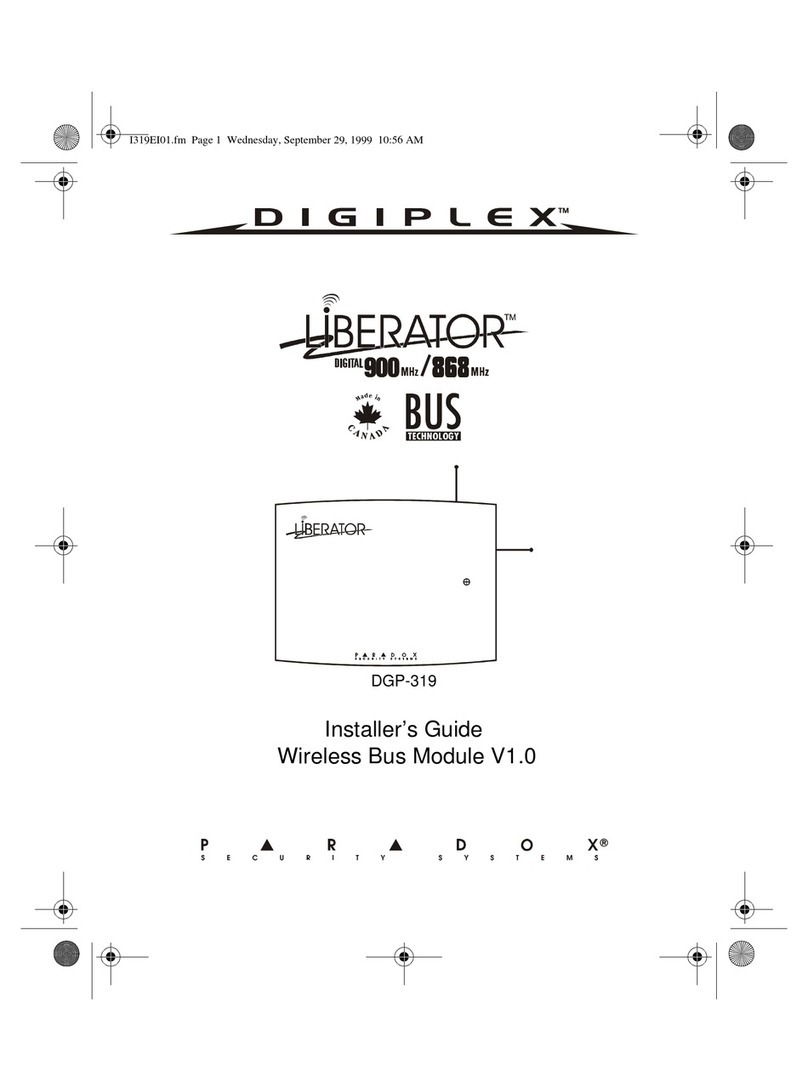
Paradox
Paradox Digiplex Liberator DGP-319 Installer's guide
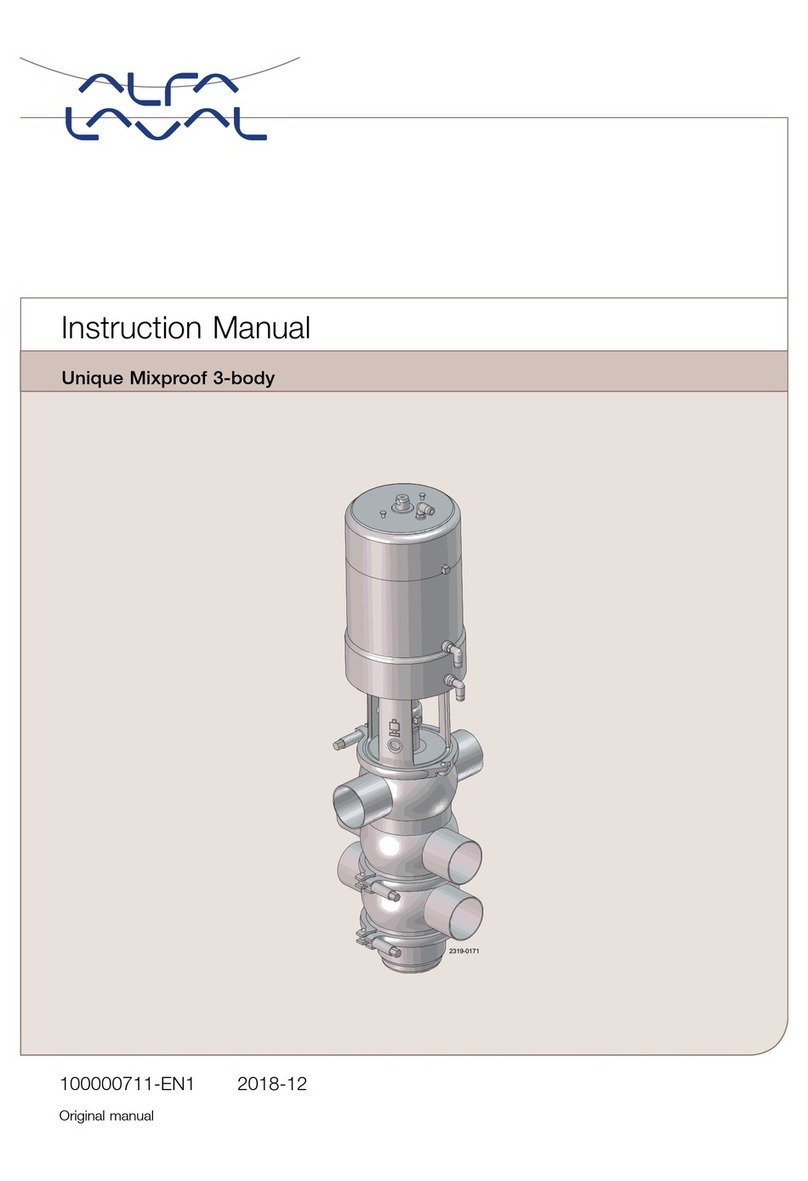
Alfalaval
Alfalaval Unique Mixproof 3-body instruction manual
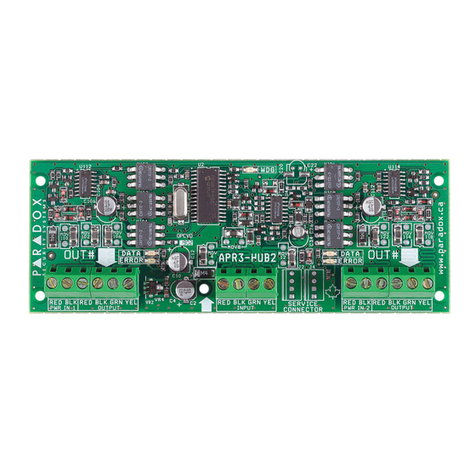
Paradox
Paradox APR3-HUB2 instructions
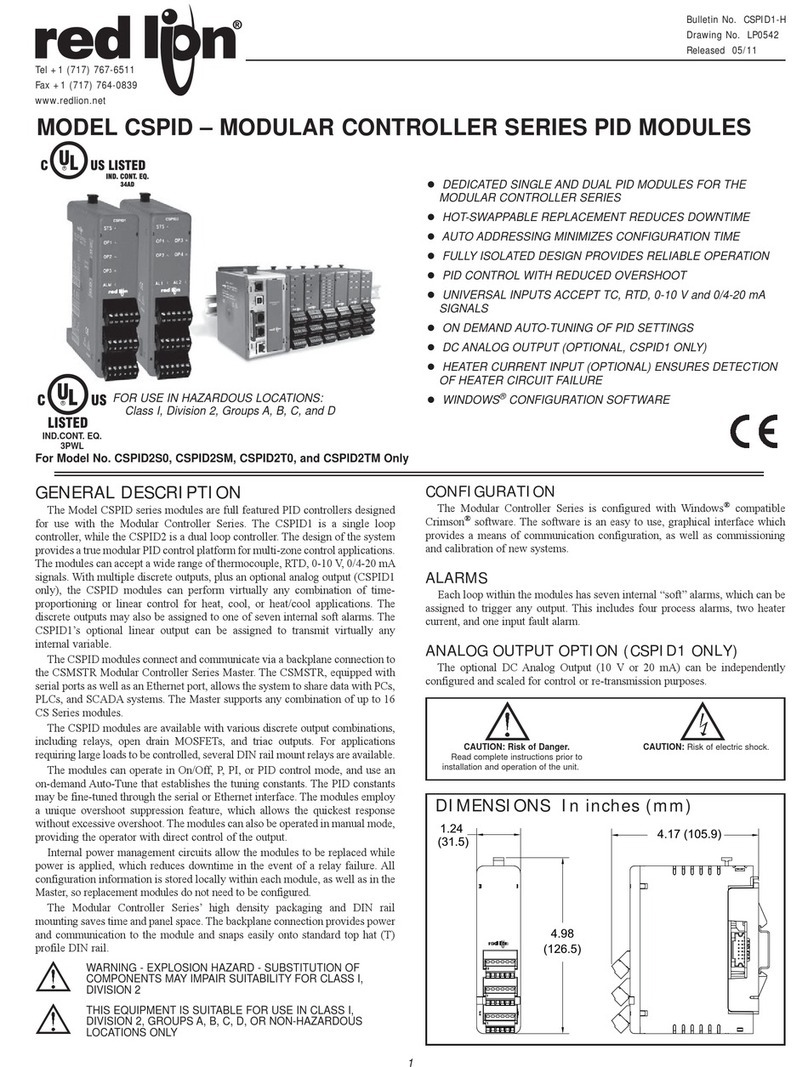
red lion
red lion MODULAR CONTROLLER SERIES manual
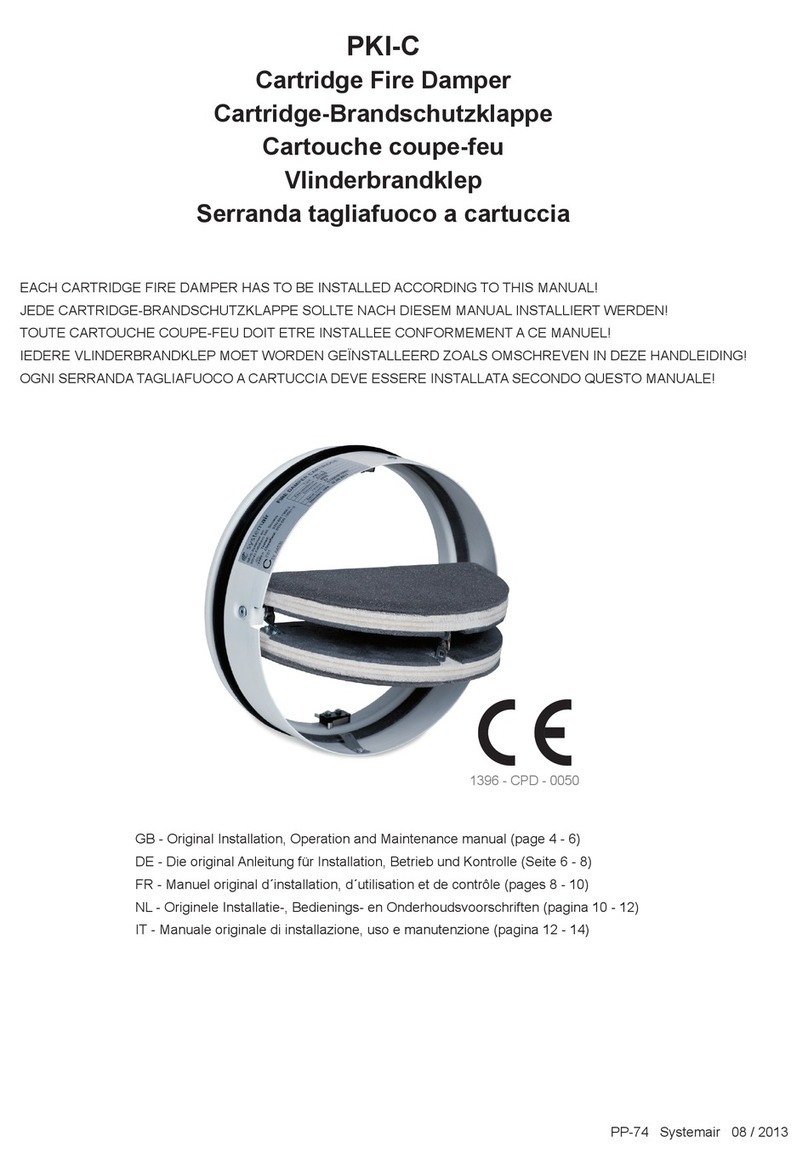
System air
System air PKI-C Series Installation, operation and maintenance manual
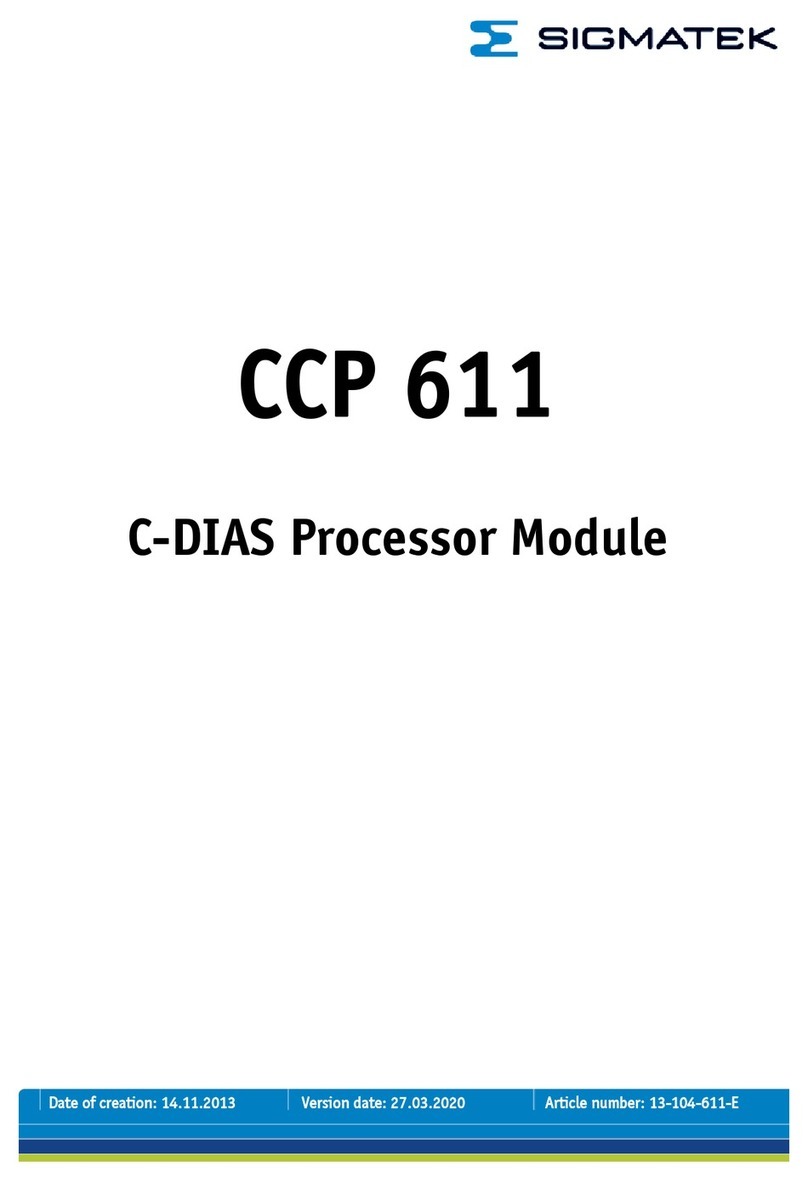
SIGMA TEK
SIGMA TEK C-DIAS manual

